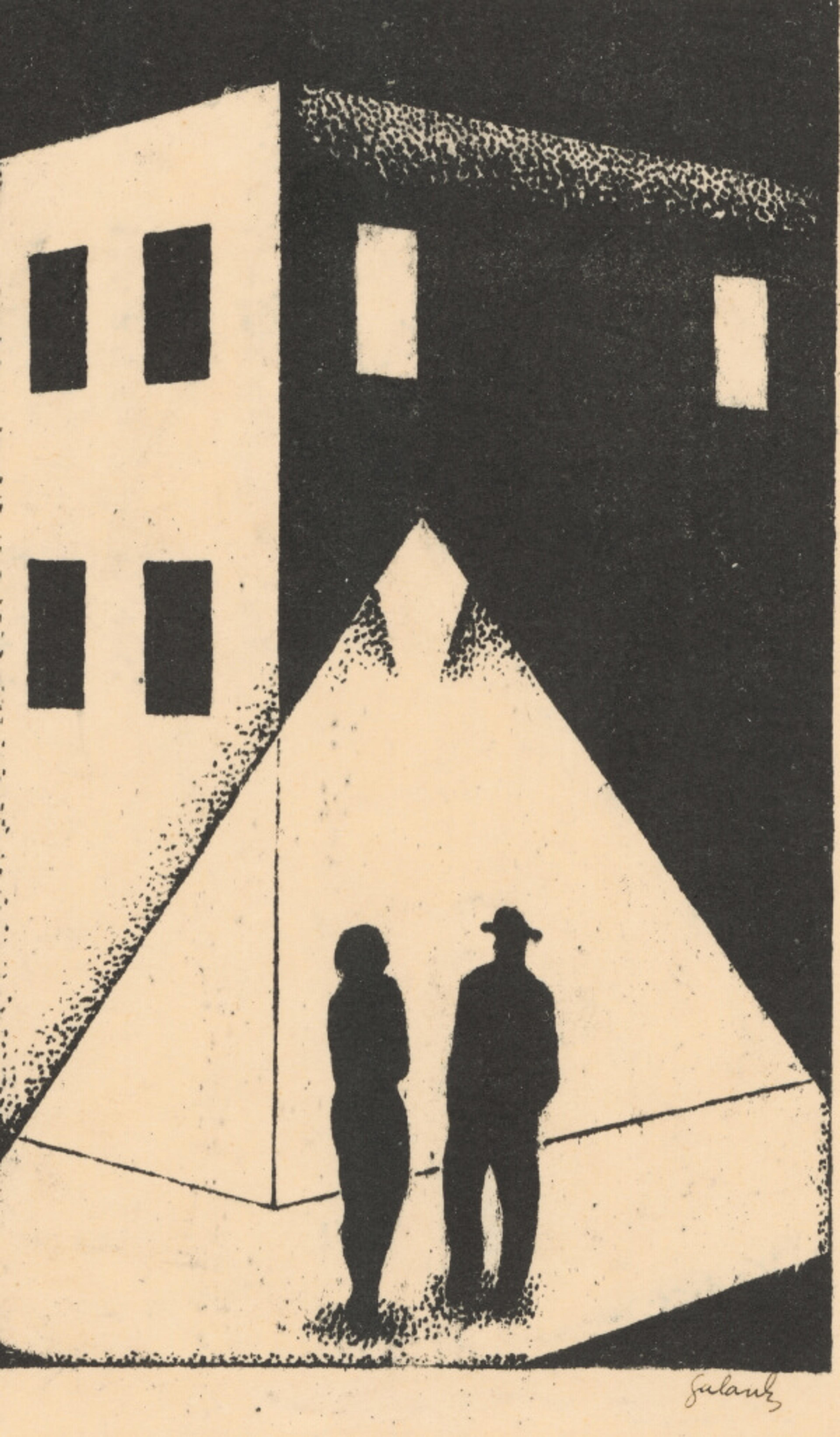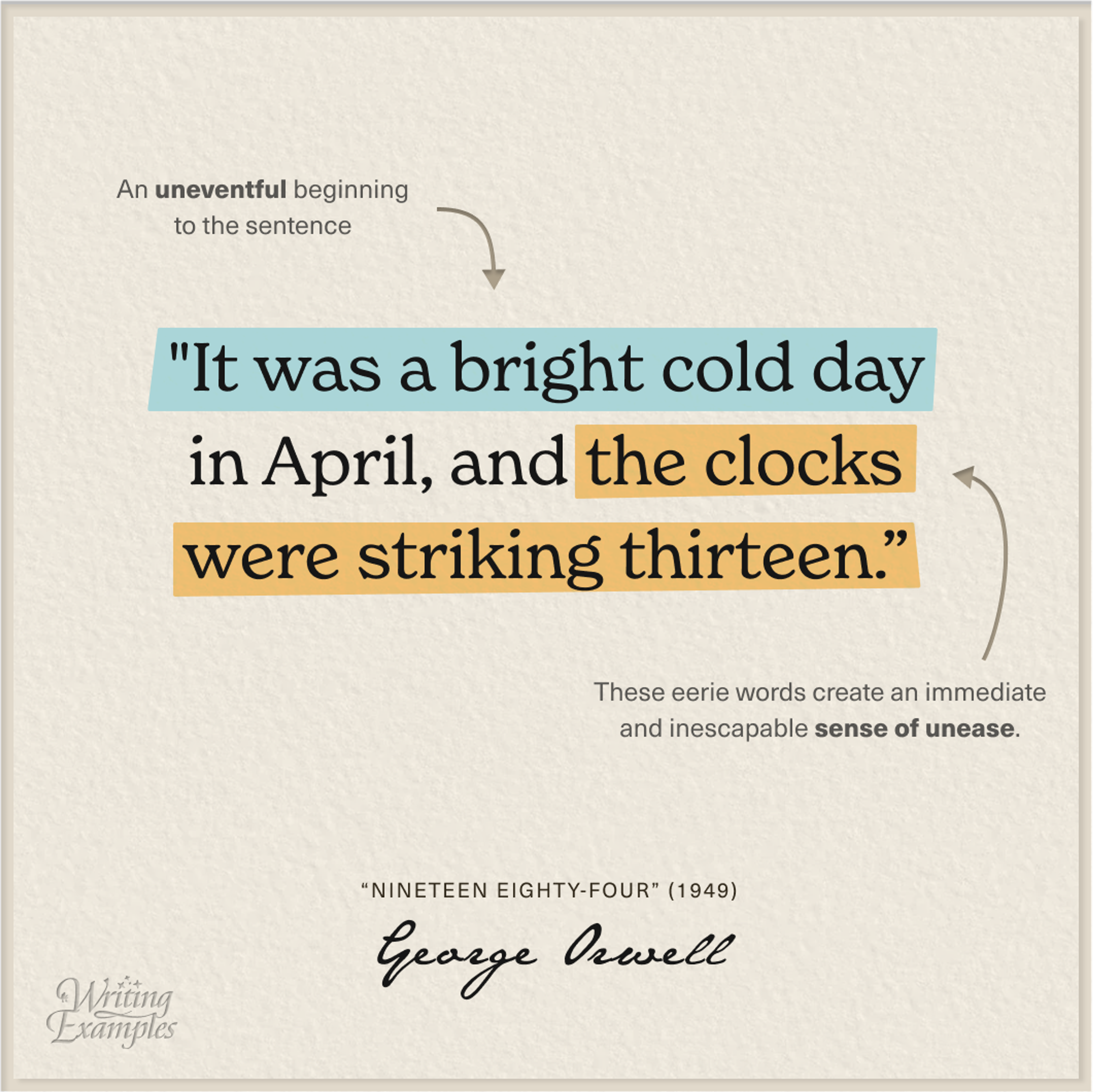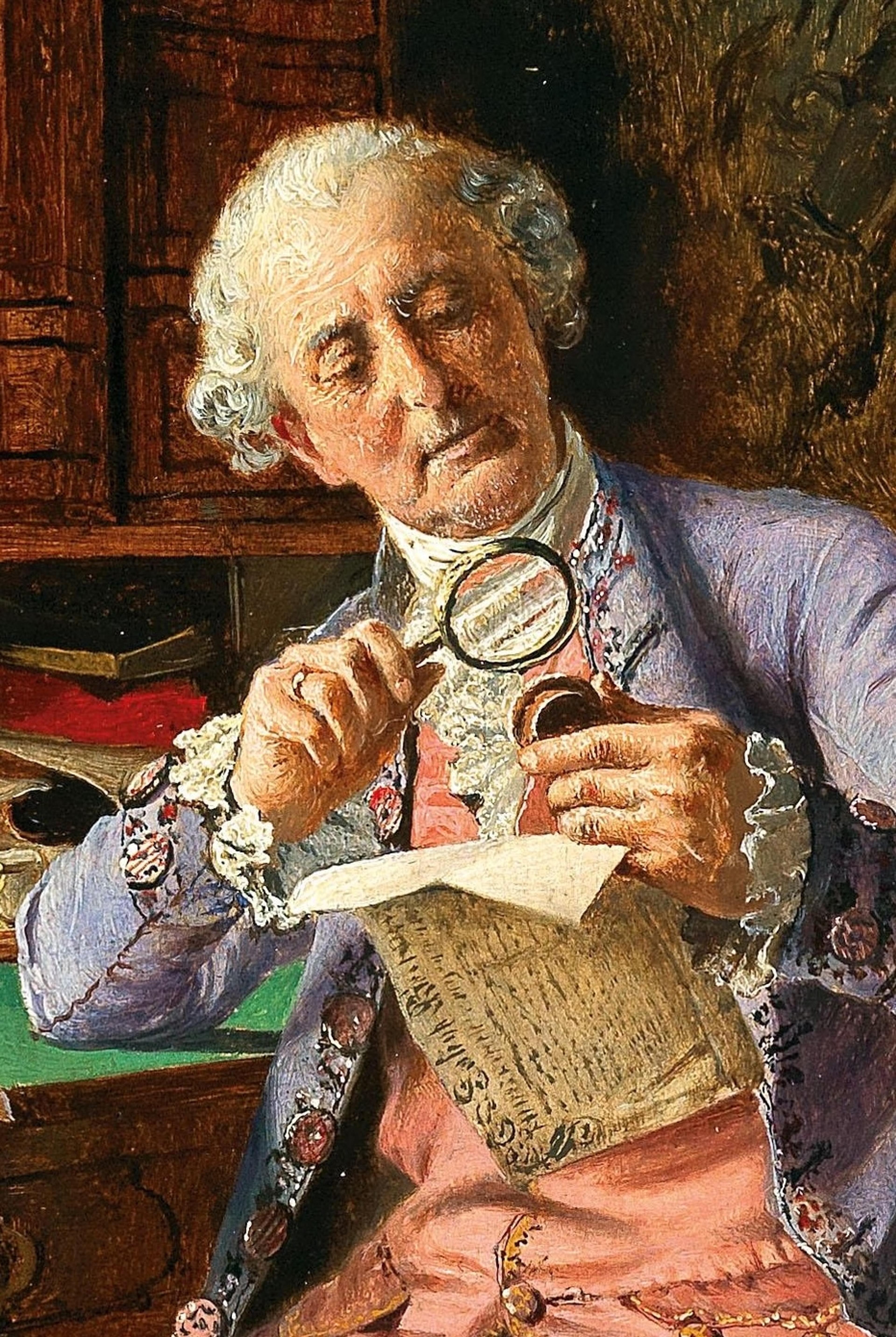HOW
Symbols Tell aStory
By
Sherry Ning


his is the first sentence of 1984, and it tells you exactly what the rest of the book is going to be about. Orwell makes an odd observation that describes the dystopian world of Big Brother and Doublespeak, a world defined by the distortion (or inversion) of truth.
This sentence has an uneventful beginning. It’s quotidian and borderline cliche, which pulls us into the lull of an unsuspecting citizen.
But things shift in the second half of the sentence when Orwell gives you an immediate and inescapable sense of unease — in just five words: “the clocks were striking thirteen.” With this, he foreshadows the rest of the novel, showing us that the rules of this society are different. This first sentence is a warning. Orwell is saying: “Question what you’re being told.”
When you wake up from a quiet compliance with the way of the world, you might realize that clocks don’t have a thirteenth hour. And then you might question everything you’ve been told. You might even rebel against the system that lied to you. And that’s exactly what the protagonist, Winston Smith, does over the course of the novel.
Instead of describing everything that’s upside down and dishonest about the world of 1984, Orwell chooses the 13th hour as a symbol to show you that something is off and that nobody’s questioning it.
This is the power of symbolism: with one strong, vivid image, you can communicate an entire message or, in this case, build a world and foreshadow the plot of a novel.
Read More
Write like the Greats
New Writing Examples, right in your inbox.
“Beautiful, playful, and high-quality. Kudos.”
Clayton
from Missouri, USA



